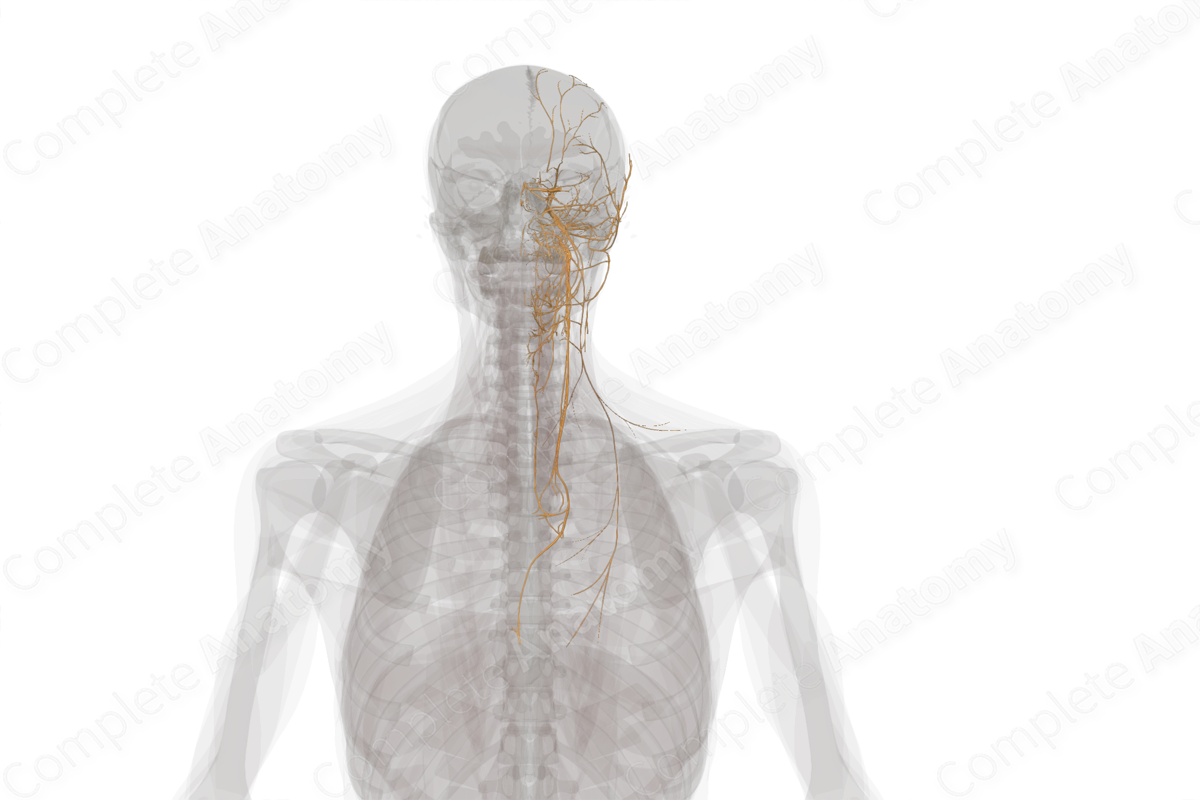
Description
The cranial nerves are the 12 paired nerves of the peripheral nervous system that emerge directly from the brain. Each nerve is assigned a number based on its point of emergence from the brain along the rostrocaudal axis, with the first two nerves (olfactory and optic nerves) emerging from the cerebrum, and the remaining 10 arising from the brainstem.
The cranial nerves are numbered as follows:
—I) Olfactory nerve;
—II) Optic nerve;
—III) Oculomotor nerve;
—IV) Trochlear nerve;
—V) Trigeminal nerve;
—VI) Abducens nerve;
—VII) Facial nerve;
—VIII) Vestibulocochlear nerve;
—IX) Glossopharyngeal nerve;
—X) Vagus nerve;
—XI) Accessory nerve;
—XII) Hypoglossal nerve.
The cranial nerves carry motor information, sensory information, or both. The oculomotor, trochlear, abducens, accessory, and hypoglossal nerves carry motor information. The olfactory, optic, and vestibulocochlear nerves carry sensory information. The trigeminal, facial, glossopharyngeal, and vagus nerves carry both sensory and motor information.
Related parts of the anatomy
Learn more about this topic from other Elsevier products
12 Cranial Nerves: Names, Functions, and Order

Master the 12 cranial nerves in order with names, functions, and mnemonics. Learn fast with illustrated videos, quizzes, and high-yield pathways.
Cranial Nerve

Cranial nerve (CN) V is the largest cranial nerve with 154,000 myelinated fibers composed of 3 divisions: ophthalmic (V1), maxillary (V2), and mandibular (V3) V. It is a mixed sensory and motor nerve with general somatic afferent axons in all divisions and special visceral efferent axons in V3, which supplies motor innervation to the muscles of mastication, tensor tympani muscle, and small muscles of the neck [4].




